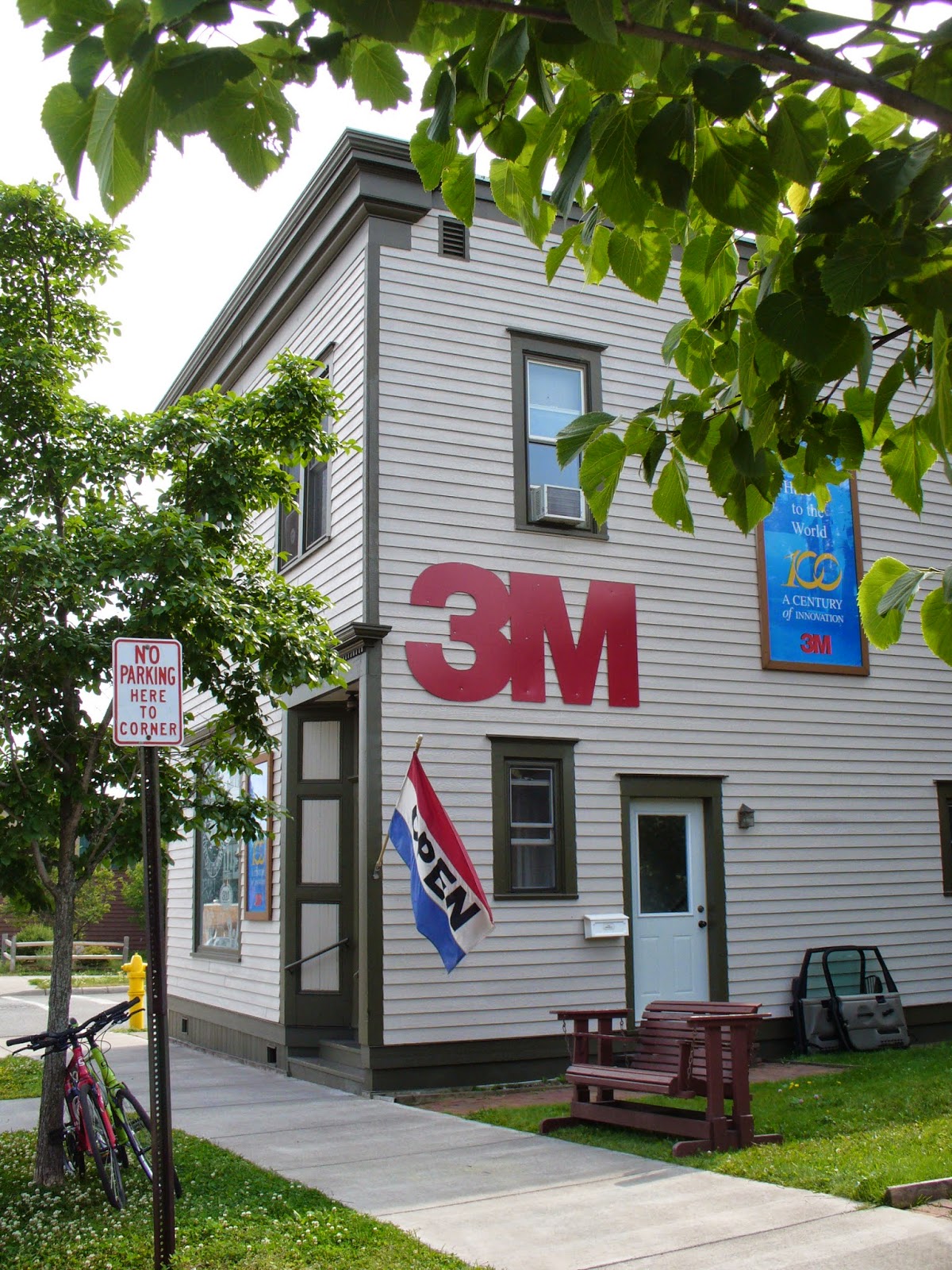 After our first night at Leech Lake campground we planned a day of sightseeing. We left the park by car and traveled north from Federal Dam, MN to Highway 2. On our way west to County Road 39 another photo op appeared: The Big Fish Supper Club. They advertise "we will cook your fish"; did I mention we are in serious fishing country?
After our first night at Leech Lake campground we planned a day of sightseeing. We left the park by car and traveled north from Federal Dam, MN to Highway 2. On our way west to County Road 39 another photo op appeared: The Big Fish Supper Club. They advertise "we will cook your fish"; did I mention we are in serious fishing country? Traveling north on County Road 39 we drove through Chippewa National Forest on our way to Blackduck, MN. We stopped for gas along the way and inquired about interesting places to visit...just a ways north was Rabideau CCC Camp.
Traveling north on County Road 39 we drove through Chippewa National Forest on our way to Blackduck, MN. We stopped for gas along the way and inquired about interesting places to visit...just a ways north was Rabideau CCC Camp.In the 1930's, after the Depression, Franklin Roosevelt established the Civilian Conservation Corp (CCC) to provide jobs and work skill training for young men ages 16-25. The men stayed in camps like Rabideau; they built bridges, roads, and campgrounds, planted trees, established firetowers and fought forest fires. Some earned high school diplomas if they attended classes held at the camp. Barracks for sleeping, a mess hall, hospital and dental clinic, tool shop and more were part of each camp. Workers earned $5 per month and $25 per month was sent to their family. By 1941 the CCC program ended. Of the 2600+ CCC camps started in the United States, the camp at Rabideau is one of three that has been preserved. Fifteen of the original 25 buildings are restored; they were placed on the National Register of Historic Places in 1976.
 After our self-guided tour at the CCC camp we continued into Blackduck for lunch at a local cafe. On the entrance to town, in the park, was another statue...a large black duck...we had to stop!
After our self-guided tour at the CCC camp we continued into Blackduck for lunch at a local cafe. On the entrance to town, in the park, was another statue...a large black duck...we had to stop!Then it was on the road again, south toward Cass Lake, then into Walker for some shopping and back to the campground. Fall color was more noticeable here, with vivid red's, yellow, orange, and gold leaves among the green pines...
The next morning we were on our way toward home. We followed Highway 65, a familiar route from our days going back and forth to the cabin. Many old landmarks still existed!





























